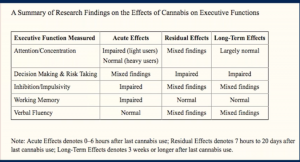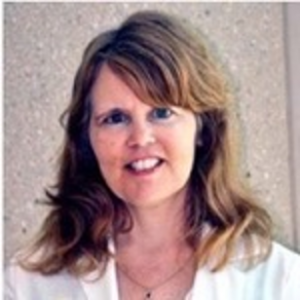Each month the IAMSE Publications Committee reviews published articles from Medical Science Educator. This month’s review, written by Dr. Melanie Korndorffer, is taken from the article titled A Survey of Health Sciences Faculty Practices and Attitudes Regarding the Peer Feedback Component of Team-Based Learning (doi:10.1007/s40670-019-00816-z) published in Medical Science Educator, Volume 29, (pages 1211–1219), 2019 by Lerchenfeldt, S. & Eng, M.
As an avid user of Team-Based Learning as pedagogy and team learning as an essential component of our curricular outcomes, I benefitted from and enjoyed the work of these authors describing the importance of peer feedback in the development of health science learners from a variety of specialties. Many educators and administrators solicit and direct peer feedback, but the barriers to implementation and consequences are ever-present. Most of the responders to the surveys regarding the use of peer feedback describe a lack of adequate time and quality student instruction creating difficulties in the execution of the peer feedback process. Many different approaches to peer feedback are used by institutions, and their use as formative or summative assessment was also quite varied among the respondents. The authors’ purpose in writing this article was to identify current practices of peer feedback, identify curricular assessment, and note the challenges with peer feedback in TBL.
The authors describe the origins of the TBL briefly and note the importance of peer feedback in the implementation of TBL. Primarily, benefits include improvements in professionalism, teamwork, communication, and preparation of healthcare providers who will eventually have peer review responsibilities. Challenges were noted; students feel uncomfortable with providing feedback to their peers, do not feel adequately prepared to deliver feedback, are already overwhelmed with limited time and unlimited growth of medical sciences.
Using both qualitative and quantitative measurements, the authors found a substantial portion of the schools who responded to the queries use peer feedback in TBL through a variety of means and frequencies. Most of the responders stated that they feel that peer feedback is a necessary component of TBL. Several difficult impediments are listed and include the struggle to instruct the student on how to give meaningful feedback. Most of the listed schools responded that they do not review the quality of the peer feedback and so risk ineffective and potentially harmful feedback, which may lead to adverse outcomes.
Despite the difficulties, the authors describe peer feedback in TBL as vital. They state that providing high quality and useful feedback should be an essential curricular outcome. They suggest more research to determine the best practices for improving the implementation of the process to aid in the development of peer feedback skills.
Thank you for the opportunity to review this intriguing document.
Melanie L. Korndorffer, MD FACS
Director Gross and Developmental Anatomy, Advanced Surgery-Based Anatomy, and Anatomy Certification and Leadership Program
Co-Vice Chair of Medical Education
Department of Structural and Cellular Biology
Tulane University School of Medicine
Room 3301, Hutchinson Bldg
(504)451-6757
mkorndor@tulane.edu




 The table shows mixed findings based on the types of effects, acute, residual or long-term as well as the focused area of executive functioning.
The table shows mixed findings based on the types of effects, acute, residual or long-term as well as the focused area of executive functioning.

